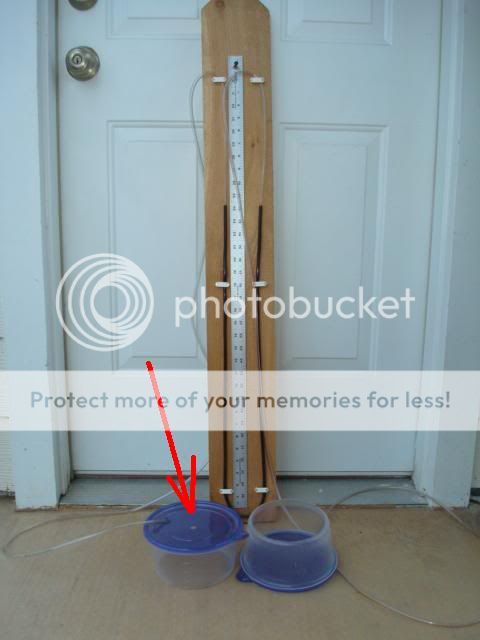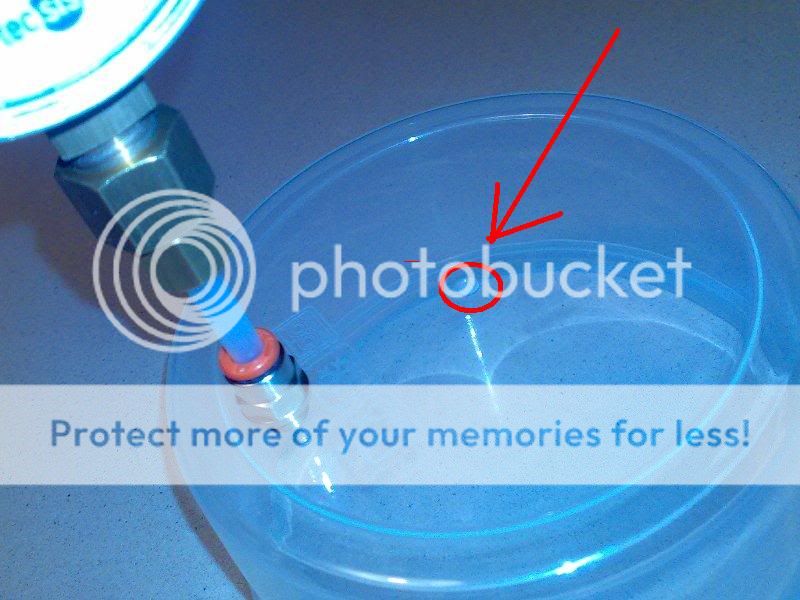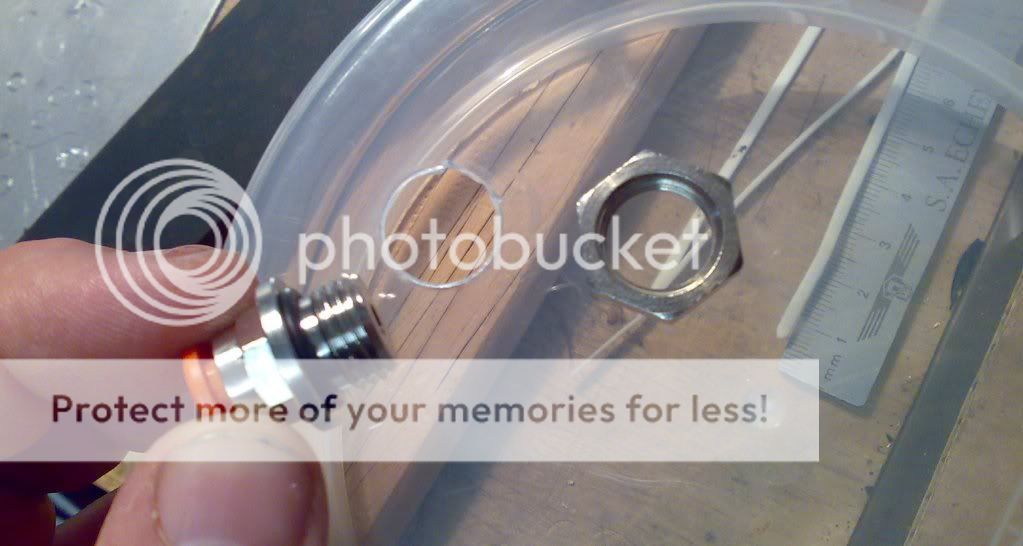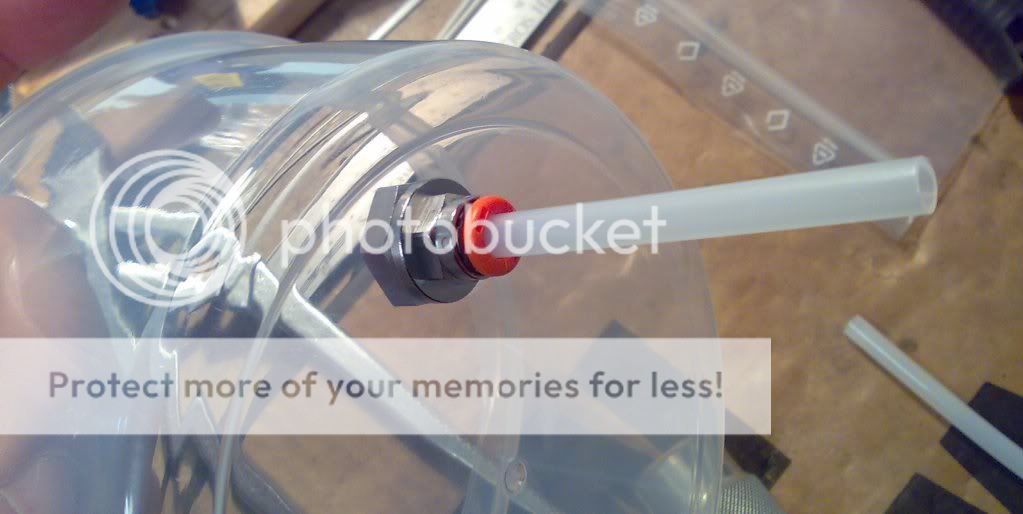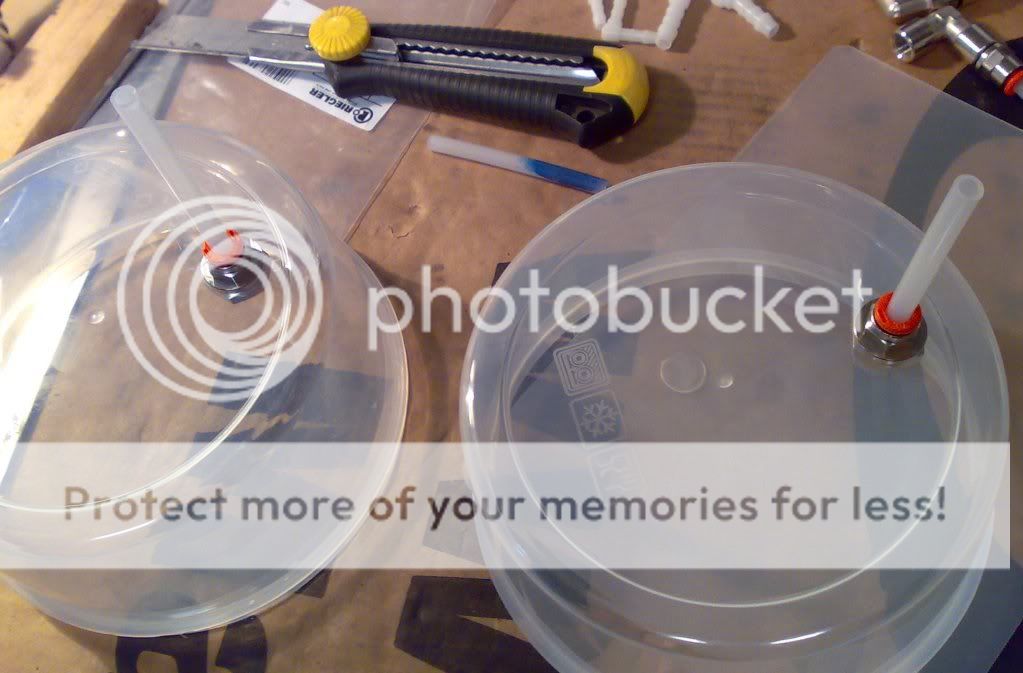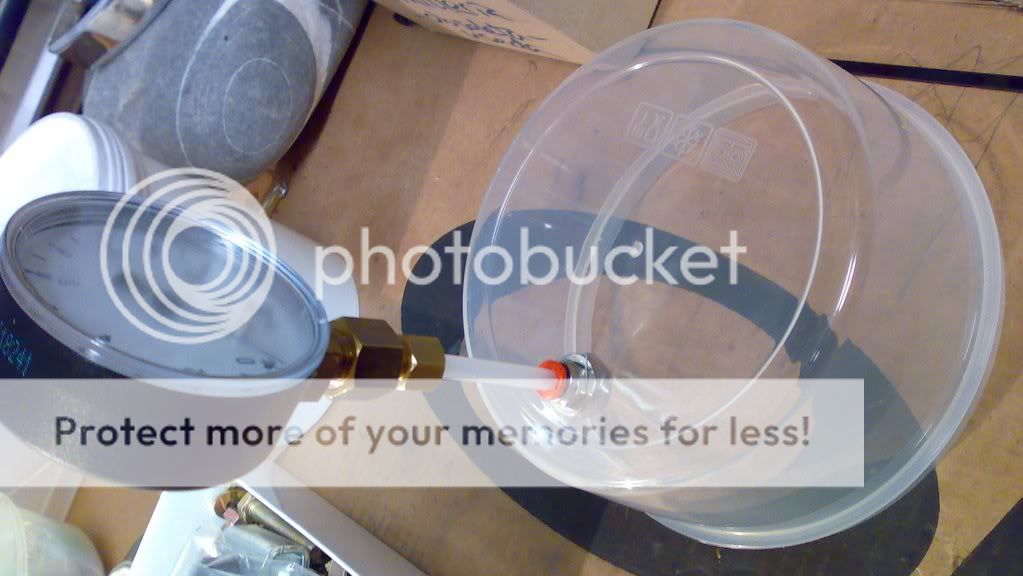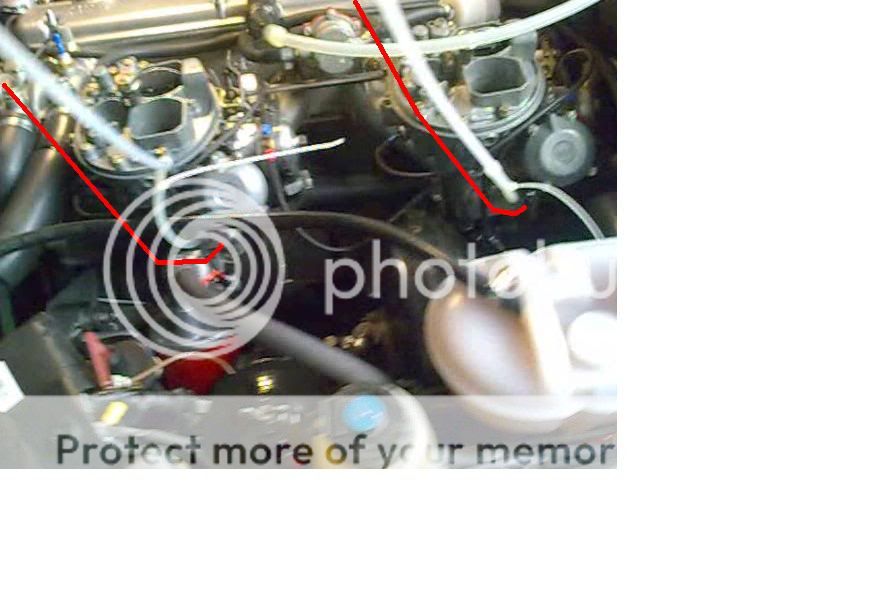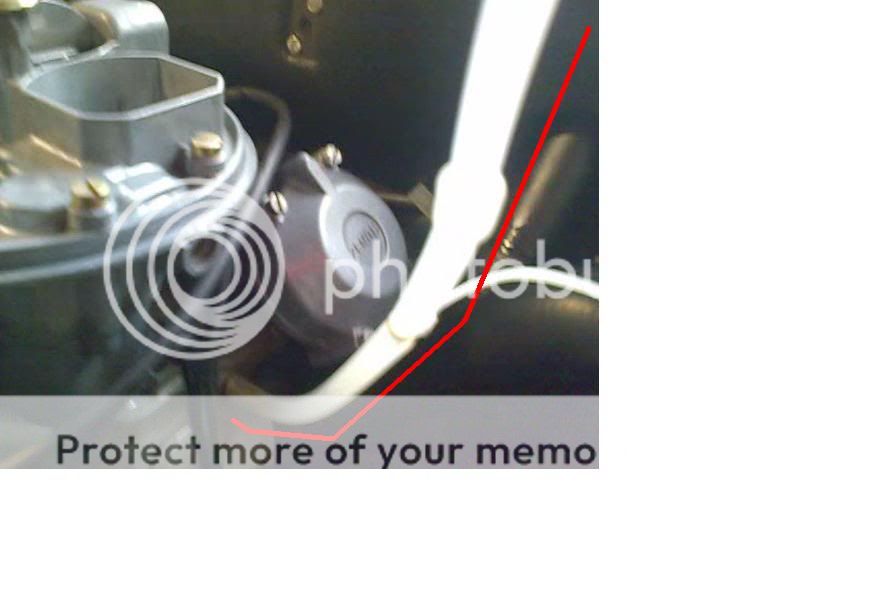Fluctuations in the guages- try to describe the fluctuations: Both guages?
the fluctuation happens in both gauges
1. Small, but rythmic.( fast). Usually means points, spark plug wires, etc or said another way- ignition. Could be small leaks too but you just rebuilt the carbs. Check the nuts for torque. use a hose to slowly go around the carb/ manifold/ vacuum connections/ hoses listening for small leaks. it's very easy to overlook for even the best of us. Before analyzers and computers, a vacumn guage was the mechanic's best friend. The principle of the motor as an air pump still hold true.
the fluctuation of the needles is fast and changes while adjusting/synchronising the carbs, so i would like to study this a little bit more
i have carried over a fresh new starting-from-the beginning adjust process, ,but i had only the time for the first part of it (just set the iddle at 900rpm), so i will need at least another session to recheck and do the 1700rpm adjust
i found that when i change the air butterfly screw the needle fluctuations vary, and they decrease when reaching a synchro status
still there remains some vibration in the needles and some stumbling too ! ???
Higher vacuum- yes the throttle plate screw; slowly. The idle mixture screw at some point will have some effect too. Again, with today's gas formulation I find the mixture screws to be out more than the factory manual.
Stumbling- try to describe at what rpm. Think of the carb as seperate at idle, part throttle, accelerating, up to about 2500 to 3000 rpm.
Up to about 1100 rpm the carb is just using a small orfice ( idle mixture screw) mixed with a small amount of air ( throttle plate position.)
Then a transition starts to the primary jet. So, if the stumble is at 1200 or so it can be:
Slightly lean as it transitions to primary jet.
Slightly rich same as above. ( tailpipe spitting may be a clue)
Accelerator piston ( squirter) needs attention. More squirt. ( Less squirt causes harder starting as well, since you should be pressing down on the halfway or more on the accelerator pedal before turning the key to set the choke, but gives that extra squirt before the carbs come into play and yes it's important since it gives the motor a squirt to help the transition when accelerating just past idle, between the main jet rpm and secondary jet rpm, and the transitions.
